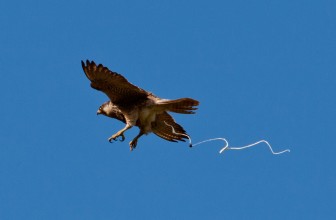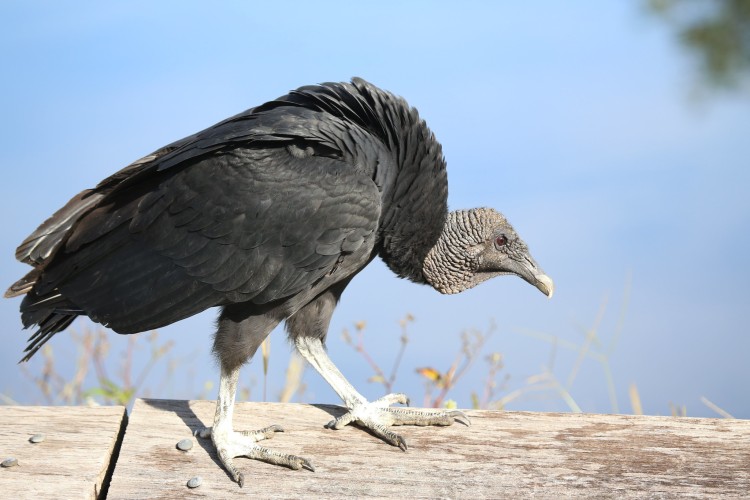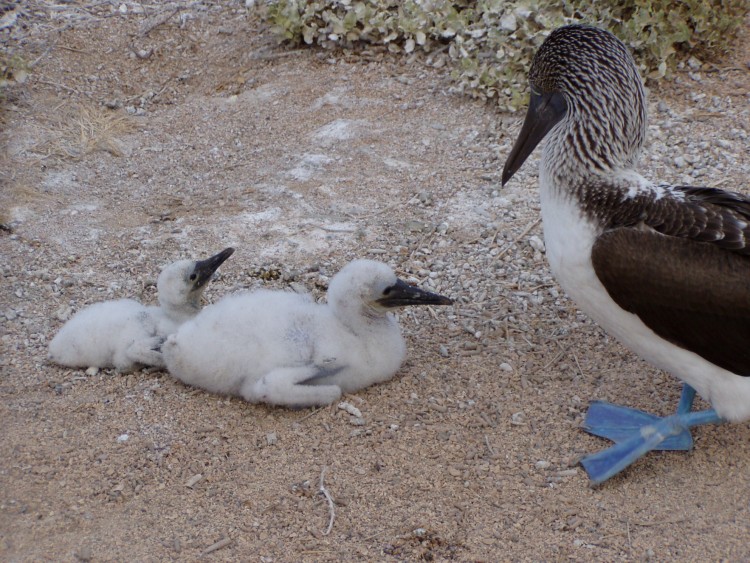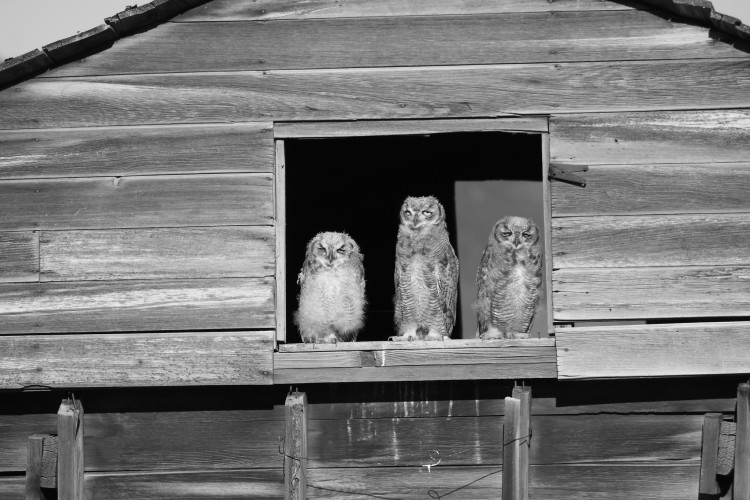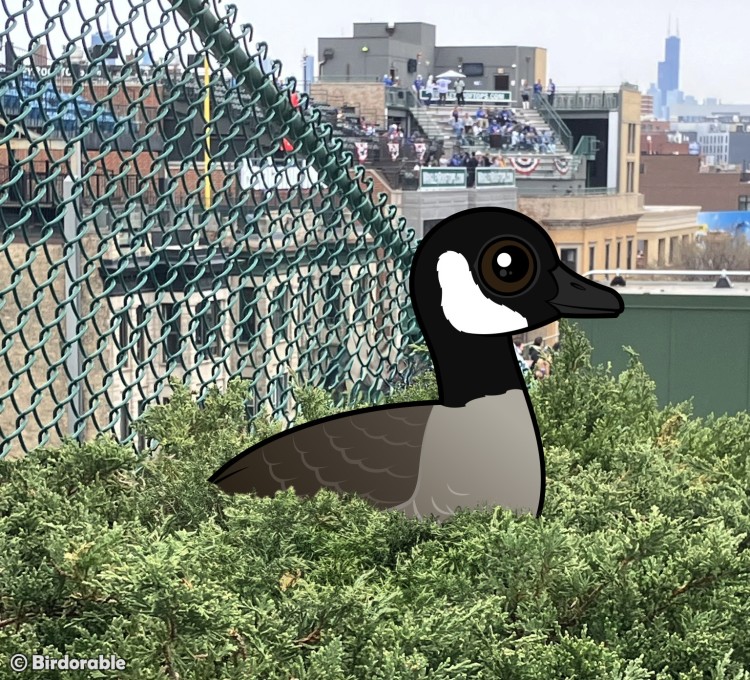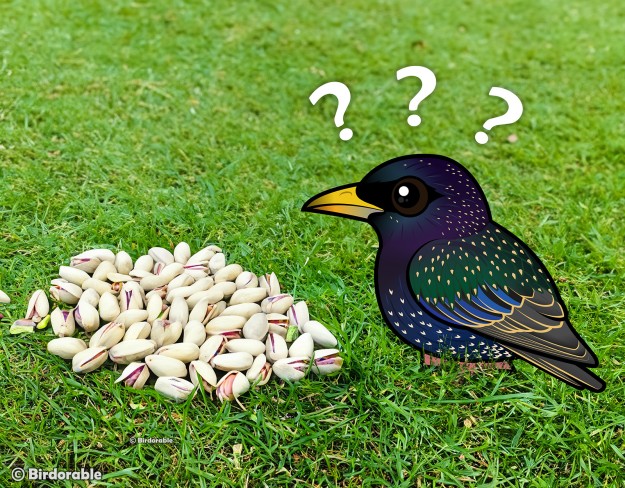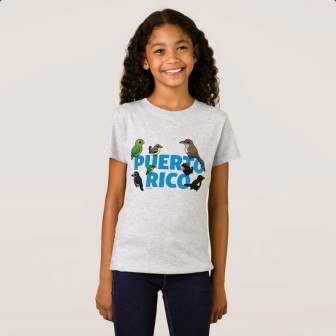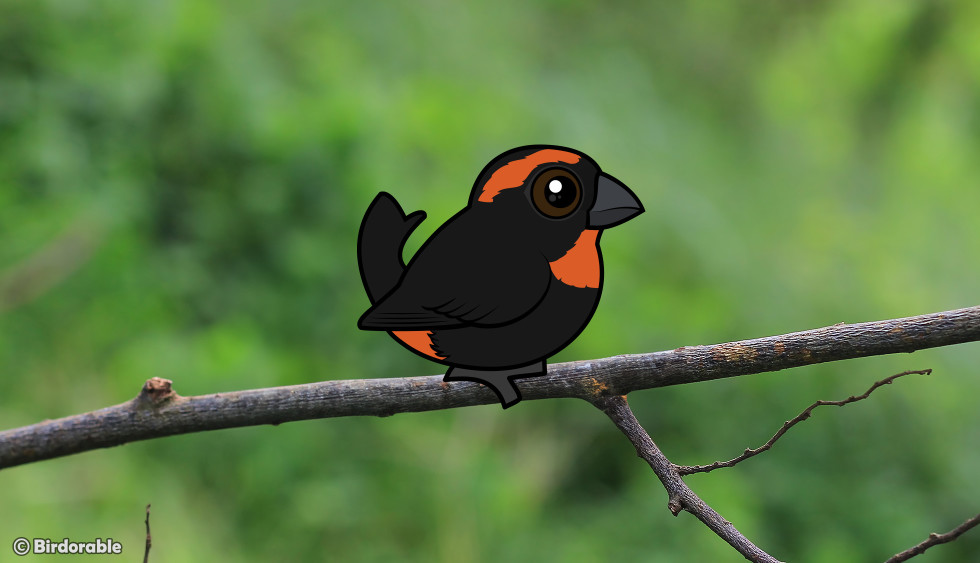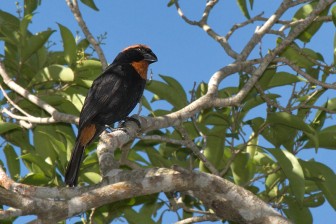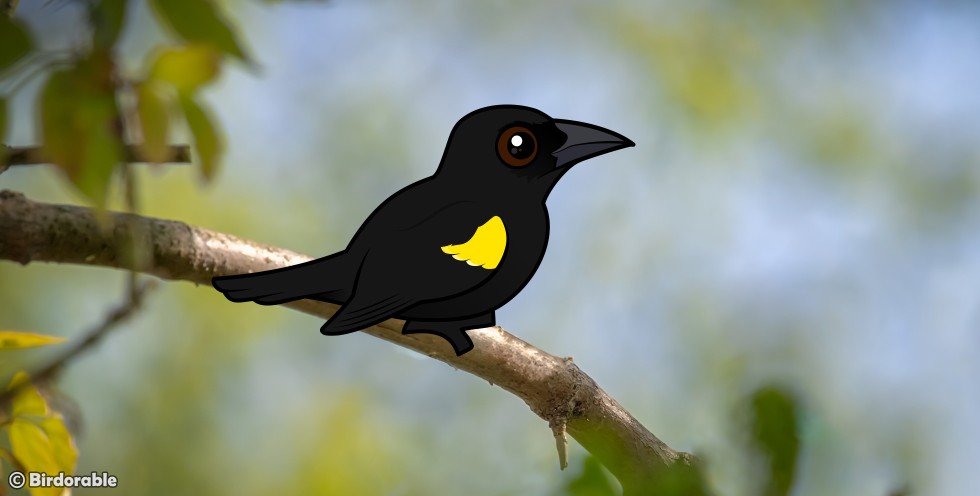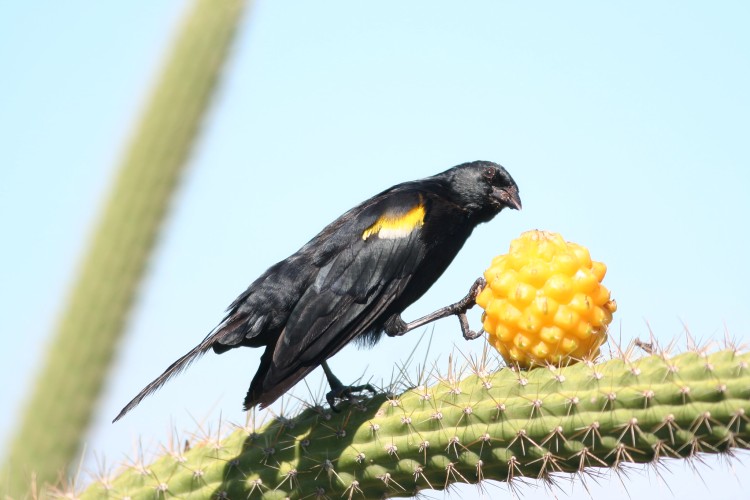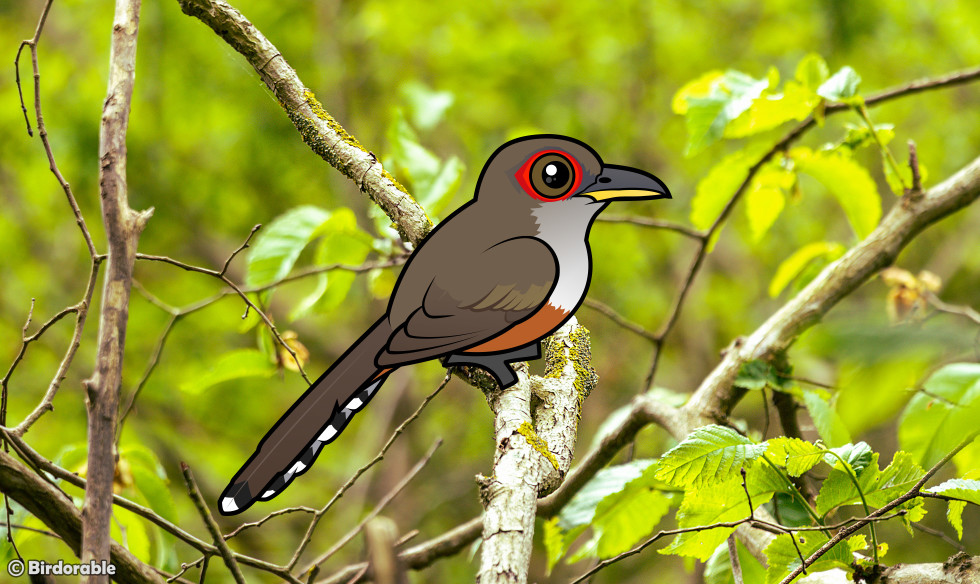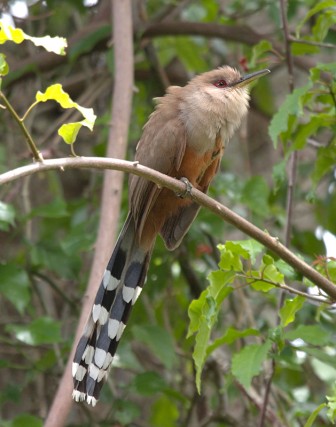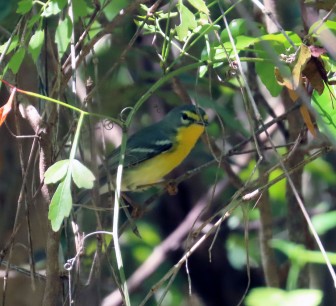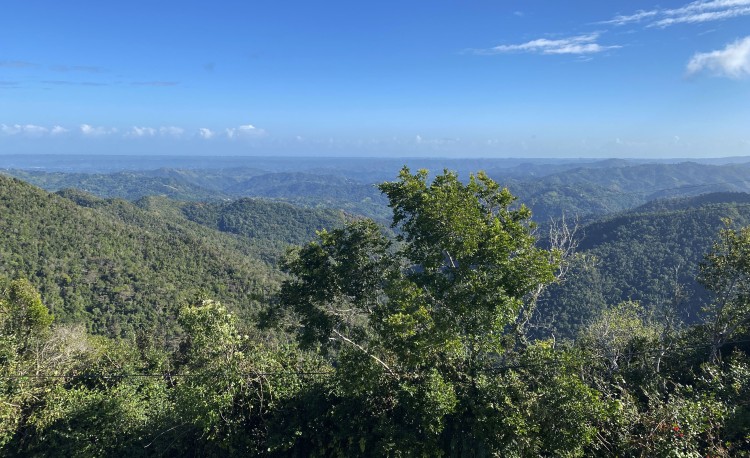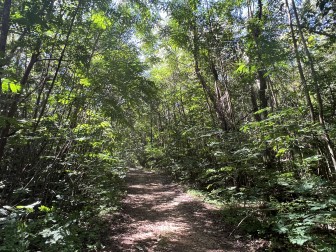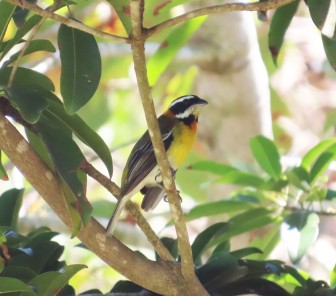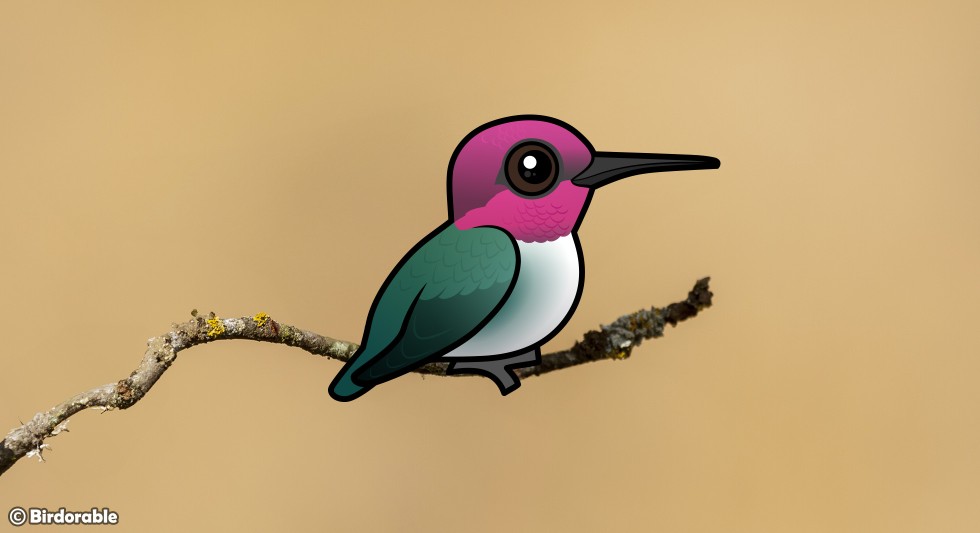
The Bee Hummingbird is the smallest bird in the world
Birds are everywhere — from your backyard to the deepest jungles and highest mountains. Whether you're a casual birdwatcher or a hardcore birder, there’s always something new to learn about these fascinating creatures. Here are ten fun and surprising bird facts that are perfect for sharing with friends.
Birds Are Living Dinosaurs
It’s true! Birds evolved from small feathered dinosaurs, and they’re the only living descendants of this ancient group. If you’ve ever thought a chicken looked a bit like a tiny T. rex, you’re not wrong.
The Bee Hummingbird Is the World’s Smallest Bird
Found in Cuba, the Bee Hummingbird is about the size of a large insect. It measures just over 2 inches long and weighs less than a penny. Despite its size, it can beat its wings up to 80 times per second.
Pigeons Can Recognize Themselves in Mirrors
While most animals don’t pass the mirror test for self-recognition, pigeons can. They’ve also been trained to distinguish between different styles of art and even detect cancer in medical images. Not bad for city birds!
Owls Can’t Move Their Eyes — But They Can Rotate Their Heads
Owls’ eyes are fixed in their sockets, so to look around, they turn their entire head. They can rotate it up to 270 degrees without damaging blood vessels or cutting off circulation.
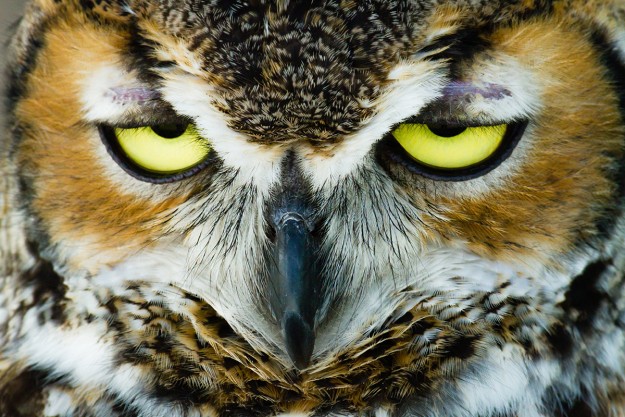
Flamingos Are Not Naturally Pink
The familiar pink color in flamingos comes from their diet of shrimp and algae rich in carotenoids. In zoos, if their diet lacks these pigments, they can turn pale or even white.
The Arctic Tern Migrates Farther Than Any Other Bird
Arctic Terns migrate from the Arctic to the Antarctic and back each year, covering over 50,000 miles annually. That’s more than one and a half trips around the Earth.
The American Woodcock Has the Slowest Recorded Bird Flight
Also called the "Timberdoodle," the American Woodcock holds the title for the slowest flying bird. During its courtship display, the male woodcock performs a slow, fluttering flight at speeds of about 5 MPH, making it the slowest recorded flight among birds.
The Hoatzin Has a Digestive System Like a Cow
This South American bird eats leaves and ferments them in a special stomach chamber, similar to how cows digest their food. The process gives the Hoatzin a distinctive, slightly funky smell—earning it the nickname “stinkbird.”
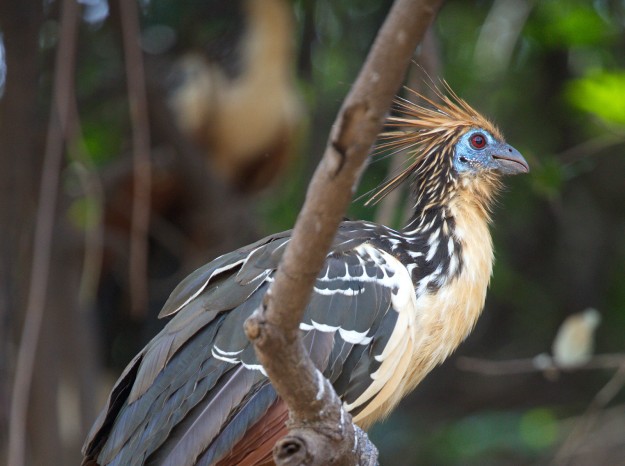
The Hoatzin, South America’s funky “stinkbird.”
Lyrebirds Can Mimic Chainsaws and Camera Shutters
Native to Australia, Lyrebirds are incredible mimics. In the wild, they’ve been recorded copying sounds like camera shutters, car alarms, and even chainsaws—making them some of the best impressionists in the animal kingdom.
Killdeer Fake Injuries to Protect Their Nests
If a predator comes too close, a Killdeer may pretend to have a broken wing, flopping around dramatically to lure the threat away from its nest. Once the danger is gone, it quickly flies off—completely unharmed.
Birds are endlessly interesting, and these fun facts only scratch the surface. Whether it’s their incredible migrations, quirky behaviors, or surprising intelligence, birds have a lot going on — and it’s no wonder they fascinate people all over the world.


